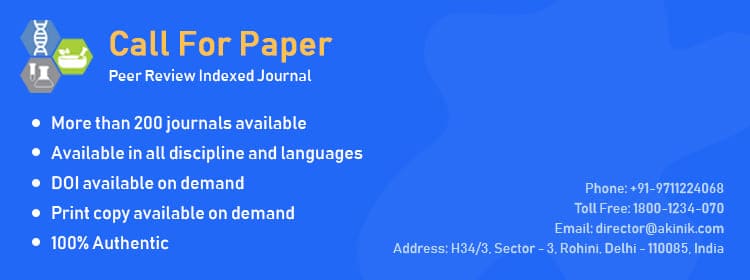

Anjali Verma and Anuj Tiwari
The purpose of this study was to ascertain how easily available and how farmers in the Uttar Pradesh, India, district of Lucknow used different mass media platforms. A representative sample of 100 farmers was surveyed, and they were split equally among 10 villages in the five blocks that were chosen (Malihabad, Mohanlalganj, Kakori, Gosainganj, and Sarojini Nagar). We collected data on their usage of agricultural information, including how frequently and for what purposes, as well as their availability of newspapers, radio, television, mobile apps, and the Internet. Despite the fact that nearly everyone had a cell phone, the findings indicated that conventional media like radio and television were still used significantly more frequently for agricultural information than digital platforms, particularly among older and less educated farmers. The utilization of digital media was hindered by limited internet connection and a lack of digital literacy. As to the results of the study, effective agricultural extension in Lucknow areas necessitates a comprehensive communication plan that tackles the digital divide and leverages the benefits of both conventional and digital media. These results have ramifications for extension organizations and legislators who want to maximize the dissemination of information to the farming community.
Pages: 385-386 | 487 Views 166 Downloads
